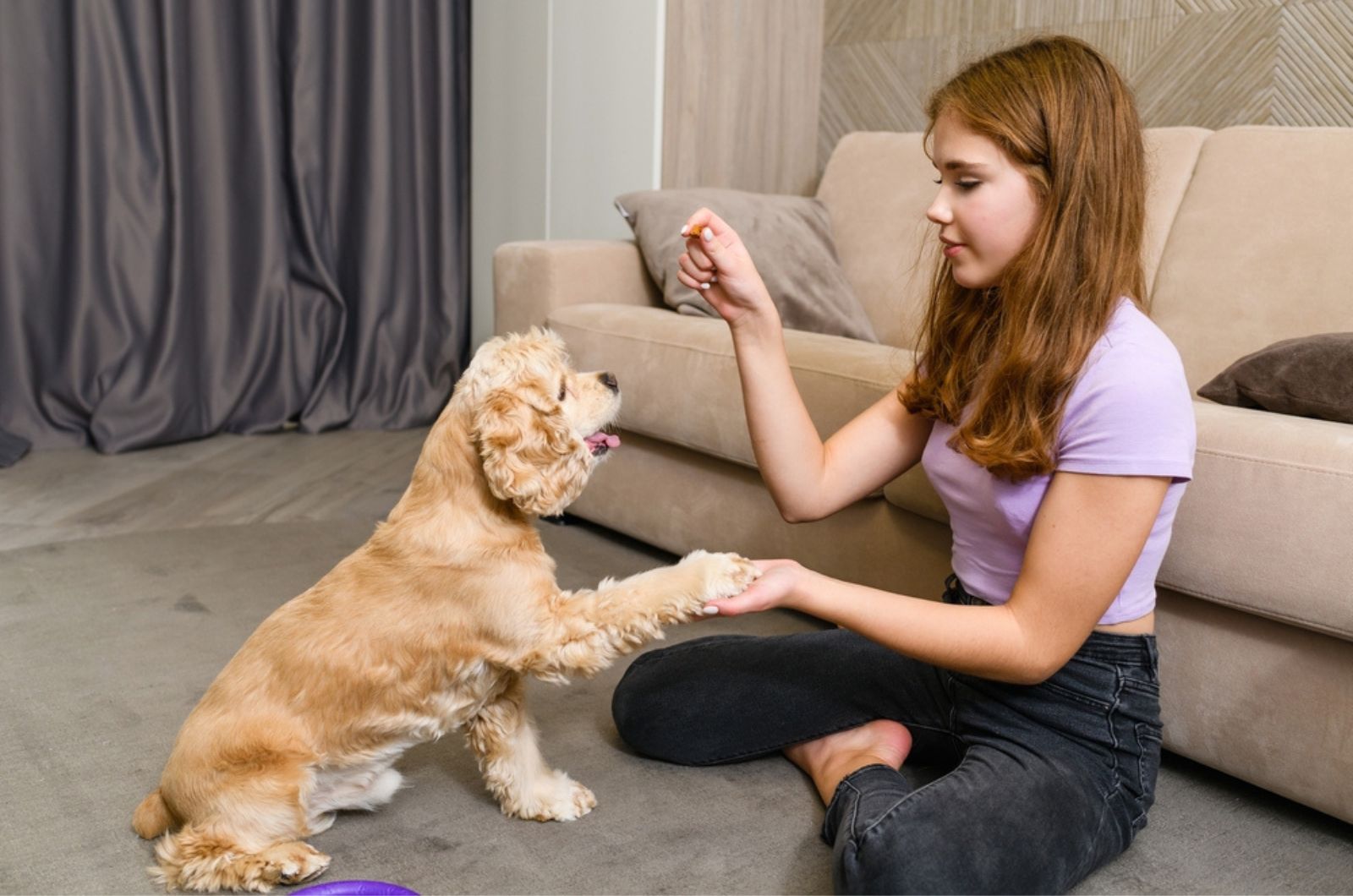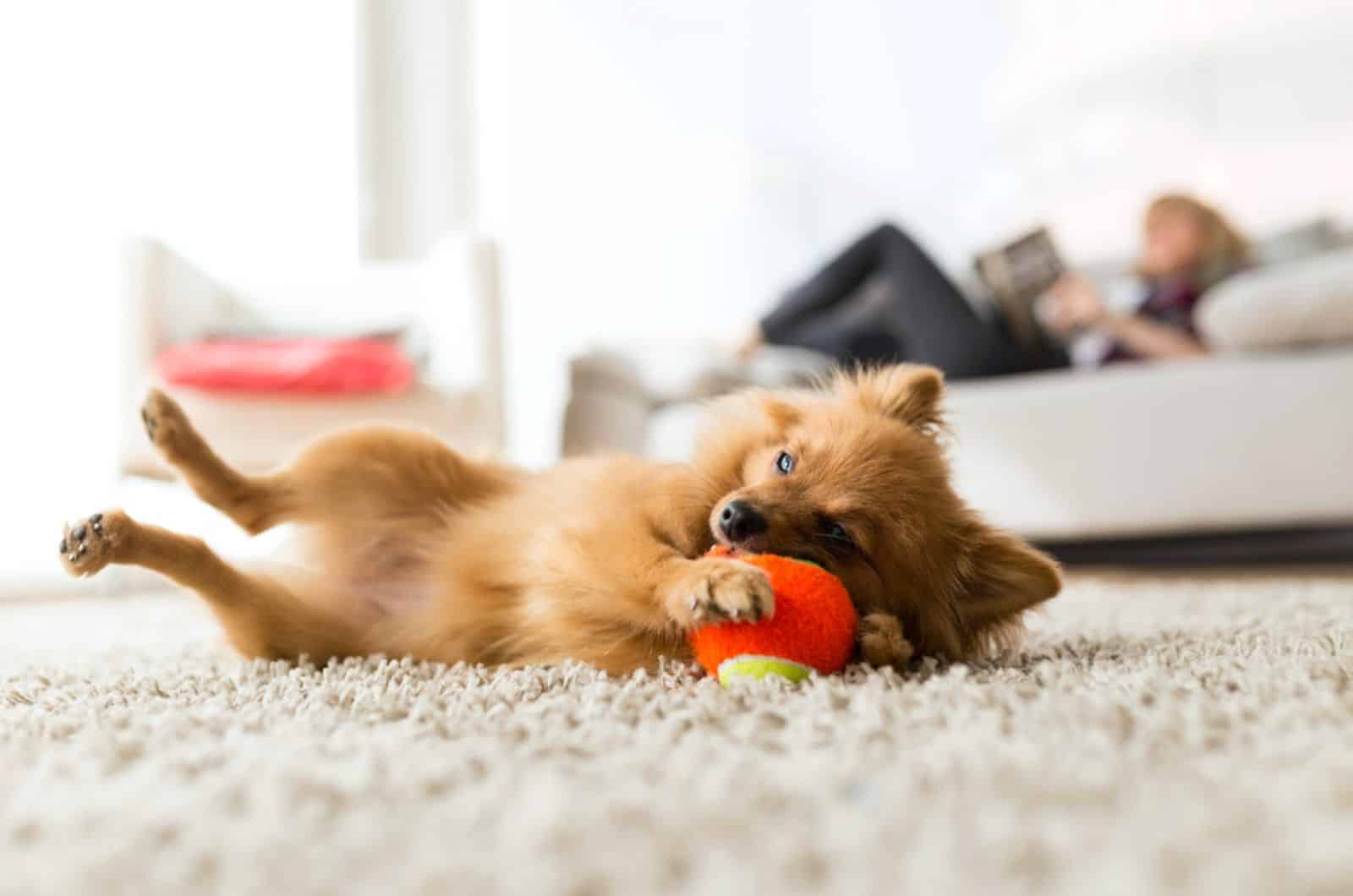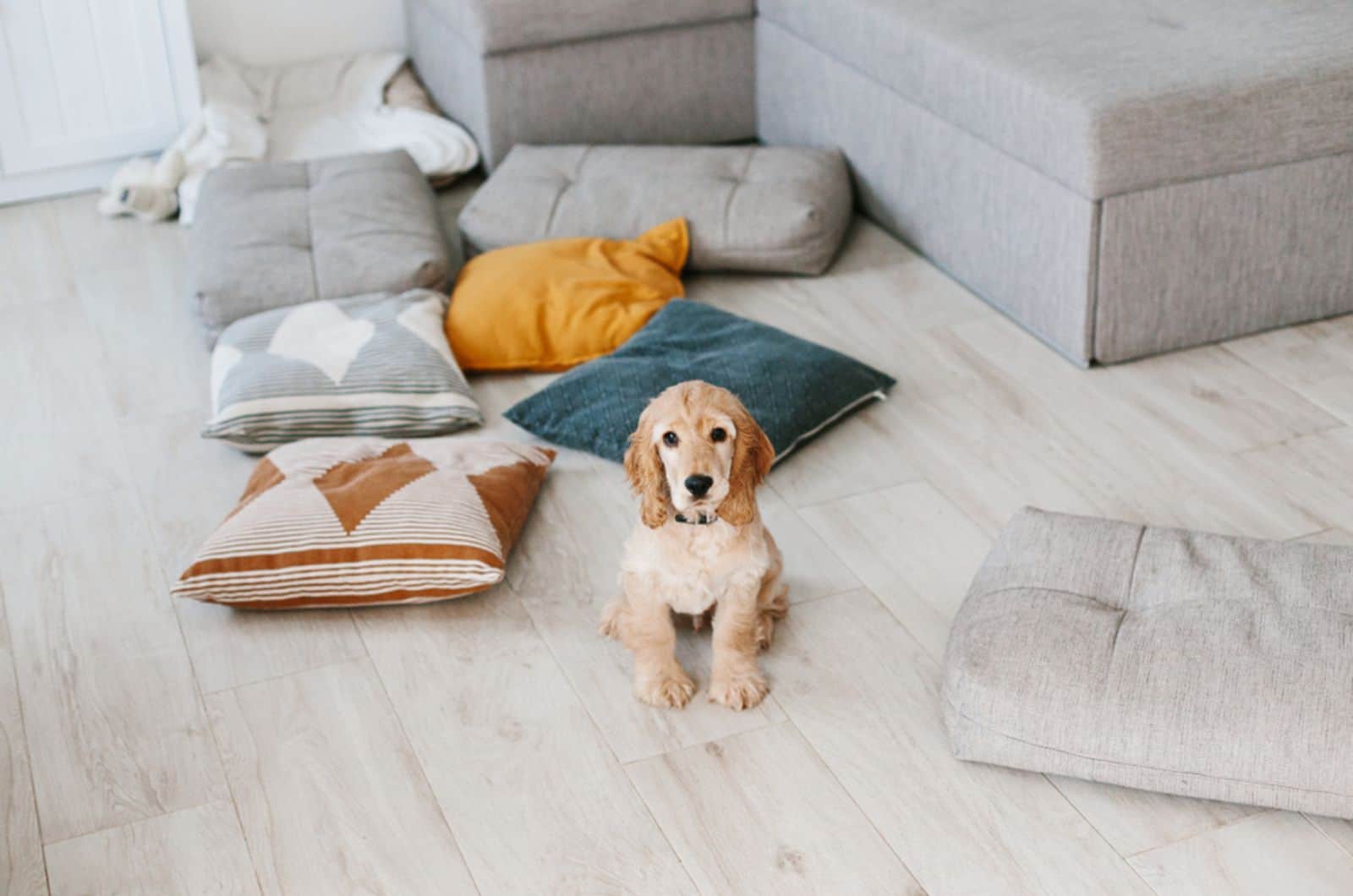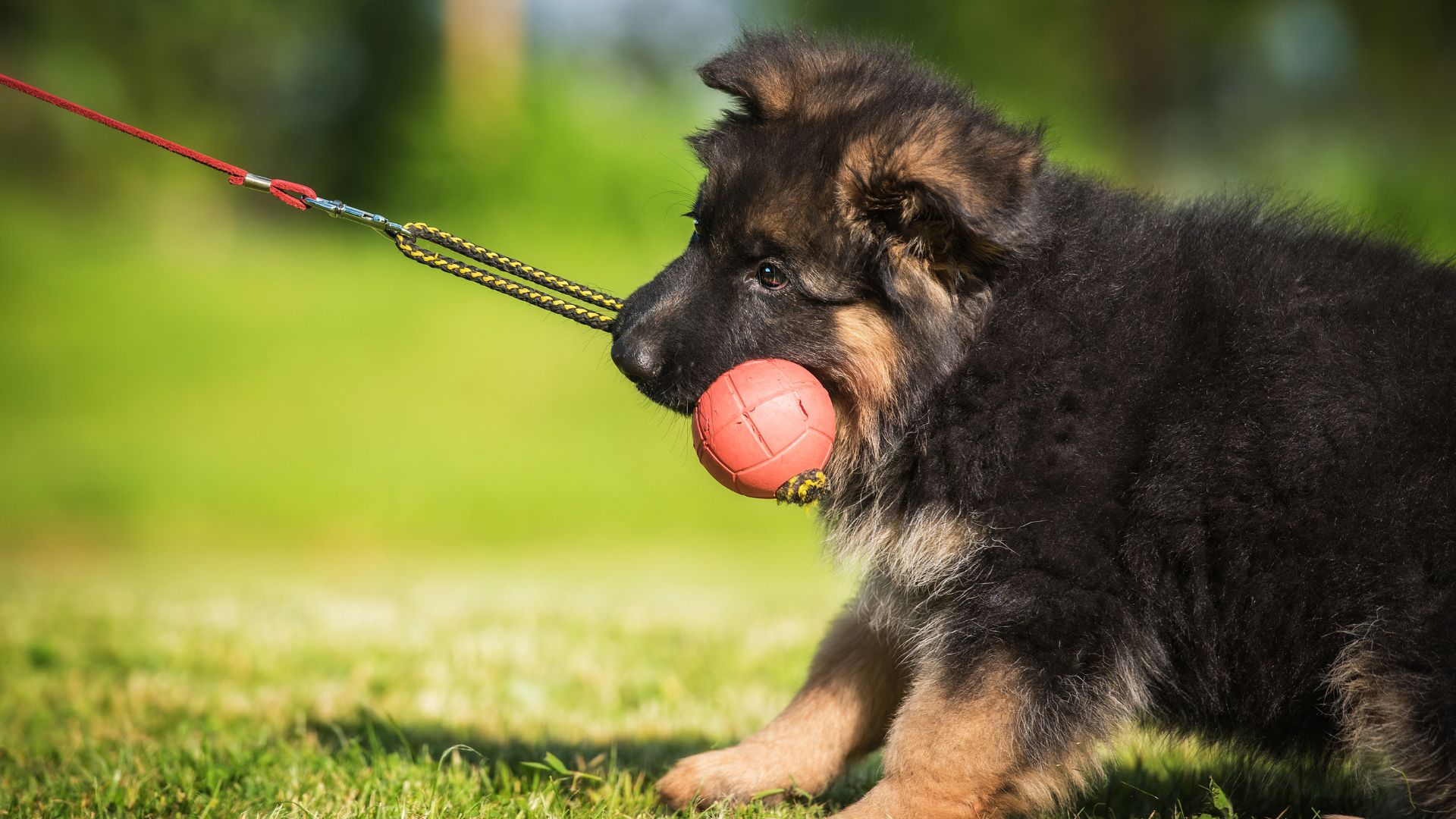It is completely normal to be enthusiastic about getting a new puppy. But, if you want to be enthusiastic – make sure to do it properly!
Many first-time dog owners make a huge mistake by thinking that no knowledge is needed prior to having a dog. Well, let me be totally honest with you – they’re totally wrong!
Things even get trickier if you decide to have an indoor dog. The training you need to implement is much more complex, and you always need to be prepared to give your maximum effort in order to make a decent pet out of your doggo.
But, how do you do it? Is it really that hard? And, what things should you pay attention to the most?
Here’s a quick manual that will definitely help you to be a better house dog owner!
House Training – Yes Or No?

First off – there’s no such thing as reconsidering house training in a dog. Whether you have a tiny canine or an intimidatingly big dog in your home, you definitely need to house train it.
Even though there are some breeds that are easy to potty train or are naturally obedient – nothing’s actually done without the human factor.
Every dog needs to go through a gradual process of adopting basic manners indoors, which is not easy. But, once you complete their training, you can be at ease for good. So, let’s see what the dos and don’ts of basic house training are!
Things To Do

#1 Supervision Is The Key
The first and foremost thing that you need to know is that untrained puppies require constant supervision. You can’t simply let them be and expect them not to defecate or urinate all over the house.
Supervision will help you read your dog’s behavior and body language better. In order to do it, you can easily limit your dog’s movement space to one room or one part of the house. This way, you will keep track of your puppy easier and make sure there are no unpleasant surprises.
According to the AKC expert, Mary Burch, the first method that you need to implement in puppy house training is crate training. Taking things step by step will help your dog adopt knowledge faster and will definitely help you become a better owner.
#2 Beware Of The Signs
Reading your dog’s body language isn’t something you know instinctively – it’s rather something you learn on the job! Usually, dogs that need to go potty are nervous, they pace or circle around, and they’re restless.
Once you advance your puppy’s behavior, you can act timely!
In this regard, you can always use tools such as paper, potty pads, and the crate. Even though some owners don’t prefer getting their pets used to a potty pad, it can be quite useful throughout the learning process.
#3 Praise And Encourage
According to Ziv1, aversive training methods “can jeopardize both the physical and mental health of dogs.” So, instead of using the infamous methods of punishment – try using positive reinforcement instead!
Petting, praising, and rewarding your pet is not only stress-free, but it helps your canine adopt learned knowledge even better.
On the other hand, the use of positive reinforcement will boost your dog’s thirst for pleasing you. Generally, all dogs are food (reward) driven, which is why this method rarely doesn’t work.
#4 You’re Allowed To Interrupt
Naturally, some dogs are harder to train than others, so you need to be more consistent with them. However, all dogs need a little push in the beginning, as no canine will start behaving impeccably on its own.
Don’t make the mistake that interrupting them in their bad actions is a part of punishment training.
In fact, interrupting them by whistling, clapping, or making a moderate noise will create an association in their mind that they’re doing something wrong. So, feel free to use this method.
Things Not To Do

#1 Letting Your Dog Be Its Own Master Is Wrong
Showing dominance to your dog is the first step towards a great relationship between you and your canine. Many novice owners mistake positive reinforcement for bad leadership, which is why they have a problem leading their dog in the long run.
Never, ever let your dog think that it is the master of the house.
Sure, it’s cute to see a Chihuahua or a Cavalier King Charles Spaniel asserting its dominance and proudly parading all over the living room, but this sort of behavior will most definitely have a negative impact in the future. And, it may get them into trouble when you’re outside the house.
#2 Never, Ever Rub Their Face In Excretion
Has someone already told you that the most proven method of “teaching your dog good manners” is rubbing their face in their own excretion? Well, it’s a good thing that you’re reading this, then.
You should never do that, as rubbing your dog’s face in its excretion will only trigger major stress.
It doesn’t actually show them that you’re upset, but that you’re unhappy they used the bathroom at all.
#3 Yelling Is A Big No
Your dog might forgive you for hitting him or yelling at him, but that doesn’t necessarily mean that it’s the right thing to do.
Raising your voice at a dog usually results in major insecurity and fear around you, and it doesn’t contribute to your dog’s self-confidence at all.
Instead of having a strong, confident canine that doesn’t shy away from other people who come to your house, you’re risking having an insecure dog instead.
#4 Why Break Down The Routine
Even the smartest breeds in the world need a well-prepared daily routine. That’s just who dogs are, and they are creatures of habit!
Setting up a routine will help your dog develop healthy habits easier and it will also be easier for you to keep an eye on them. So, don’t hesitate when it comes to routine, and if you’re wondering when to start – my advice is to start right away!
Puppies are, by default, much better students than adult dogs!
Conclusion
House training a dog is never easy, but it’s doable, so don’t despair. In order to get things right, the best thing that you can do is start right away. Puppy training is usually more harmless than training an adult, and it generally takes less time.
The above methods will definitely help you understand your new companion better, so my suggestion is to start implementing them as soon as your puppy enters your home. Good luck!
References:
- Ziv, Gal. (2017). The effects of using aversive training methods in dogs—A review. Journal of Veterinary Behavior, vol. 19, pp. 50-60. DOI
